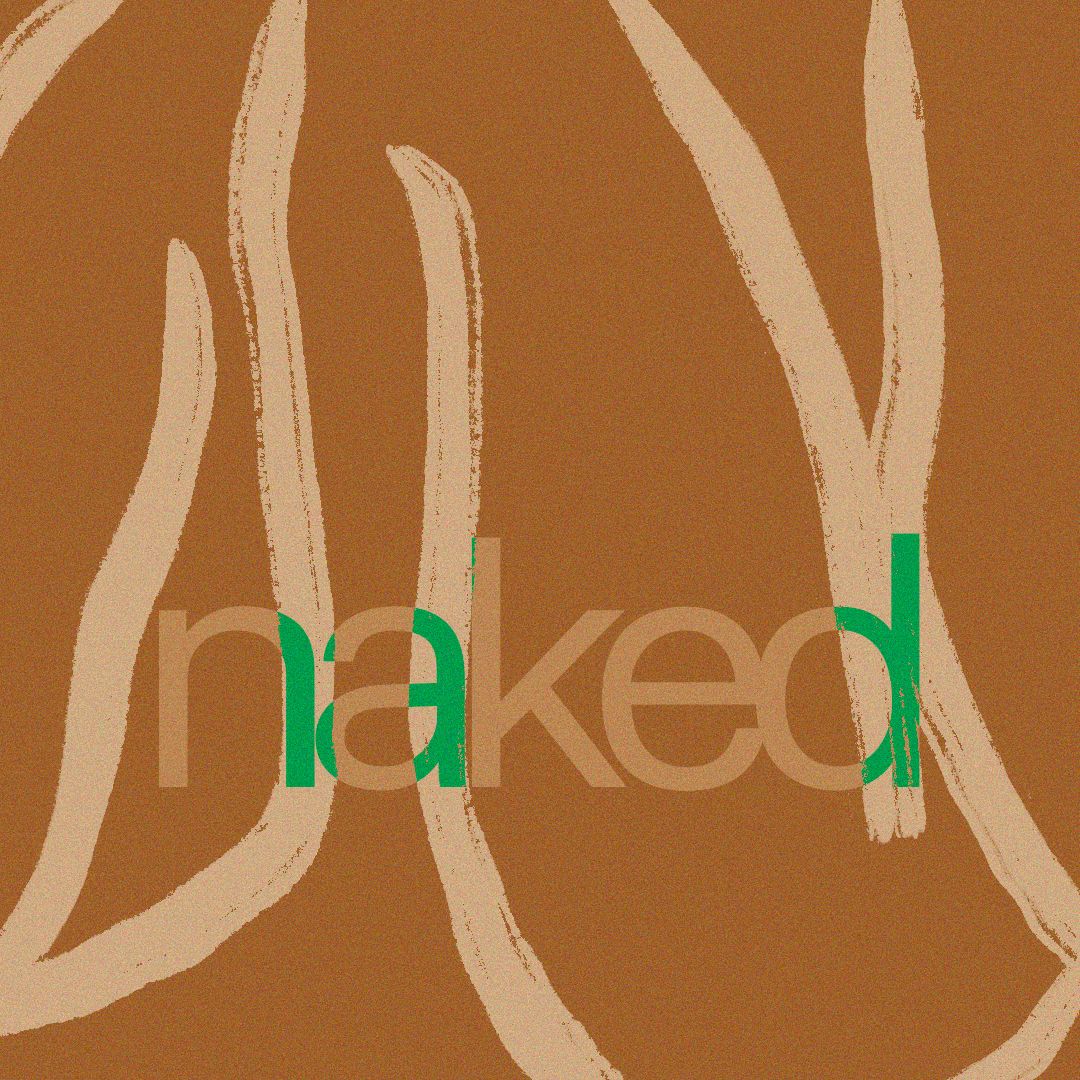Words: Lucy Adair (She/Her)
Every year as Valentine’s Day rolls around, so do the media tropes that reinforce how romantic love is the key to health, hope, and happiness. Fiction often likes to follow a sentimental singleton, a character who finds themselves solo on the dreaded February 14th. Cue the impending meltdown, drunken monologue, and comfort items: nothing soothes the soul more than a tub of ice cream, bottle of wine, and a rom-com, right? As people drift in and out of relationships, romantic love in the media remains the main muse for artworks, albums, and storylines on screen, whilst platonic love is seldom seen in anything more than a side character or subplot. Family and friends play the part of extras in a protagonist’s narrative centred around finding “the one”. However, are romantic relationships still being portrayed as the pinnacle of love, or is platonic love beginning to be authentically adopted into our culture?
I started this year’s Valentine’s Day on the Subway, glancing at the collection of couples around me. Nestled in one corner were two girls both idly gazing into the distance – as is the underground etiquette – but who every so-often would inadvertently catch each other’s eyes, lightly tap the other’s ankles, and loosely interlink their hands. My friend next to me nudged my elbow: ‘it’s a canon event,’ she said, gravely shaking her head. I followed her eyeline and realised she was referring to the woman standing across from us who was balancing a bunch of pink tulips in one hand, and a worn-out edition of Normal People in the other. Once we were out of the station, I headed to a café where I sat opposite two elderly men. They wore heavy trench coats which sheltered a tiny tabletop set with two matching cappuccinos and cardamom buns. The men sipped their coffees and sat in comfortable silence for the entire hour I was there, completely unperturbed by the people pushing past their table fixed in the middle of the room. They looked out of place yet perfectly in sync with one another. Their formal familiarity and ease with the surrounding space implied that what I was (discreetly) watching was a weekly, perhaps even daily, ritual in which two friends came to their local café for a ceremonial sense of connection. How lovely, I mused, that these two people have found a partner who they feel comfortable enough with to share an intimate hour of their day. Perhaps not conventionally intimate in the romantic sense of passionate pda or sex, but a vulnerability which allows platonic love to exist without borders. This Valentine’s Day, like every other day, confirms how romantic and platonic love co-exist in reality. So why have platonic love stories historically only ever been portrayed within the margins of the media?
Mainstream representations of platonic love are far and few between. However, Dolly Alderton’s book, Everything I Know About Love, quickly became a cult classic and can still be found sitting comfortably in bestseller lists today. Personally, I would read this woman’s shopping lists if I could. Since that’s not possible I’ll resort to writing about why this book has changed my outlook on what love is in all its fluctuating forms. Alderton articulates how a world without platonic relationships would be a place devoid of the most mundane, chaotic, unexpected, and therefore significant moments in a person’s life. The chapters are full of raw romanticisation, witty observations, and reveal an honest outlook from a woman who has experienced love, loss, and loneliness in equal measures. When reading it, you can’t help but relate to Alderton’s mixed feelings about finding herself in her 20s, a phase of life which provides an alternating sense of confusion and ecstasy. It’s the first time in your life where you’re truly free, but completely and utterly lost as a result.
She comments how during this wildly evolving time, platonic partnerships provide a stability which can’t be solely sustained by romantic love. You only have to think of the perfectly imperfect routine of living with flatmates: late night cooking, cluttered kitchens, and messy pub crawls which are a tipsy trail of too many beers and never enough cheesy chips. Or the 4am conversations which are justified by friends posing as professionals with psychoanalytic perspectives, rather than students sitting on a sofa discussing the trials and tribulations of sending a simple text to an ex. Or maybe even the weekend job where you work with colleagues 30 years your senior: it pays nothing, has you doing everything, offers small staff benefits, and supplies the largest laughs. Alderton’s book doesn’t deny or downplay the importance of amorous relationships, but instead promotes platonic love to the forefront of the narrative. More than anything, her subtle perceptions of everyday connections mean her story is instinctively and recognisably human.
At this point, I’m aware that I may sound like a cliché who blasts Mitski’s ‘My Love Mine All Mine’ on repeat, carries around Alderton’s book like a bible, and rewatches edits of Greta Gerwig’s Little Women at scheduled interventions throughout the day. But what these popular media phenomenons have in common is their place in a culture created entirely out of people’s appreciation for platonic relationships. Across social media alone, Alderton’s audiobook has been dissected into soundbites and used as a backing track for people’s visual representation of platonic love. For decades, media culture has capitalised off pushing romantic ideals. And yet there is evidently a rising demand for platonic love stories, most of which are in the wings, waiting to be told.

